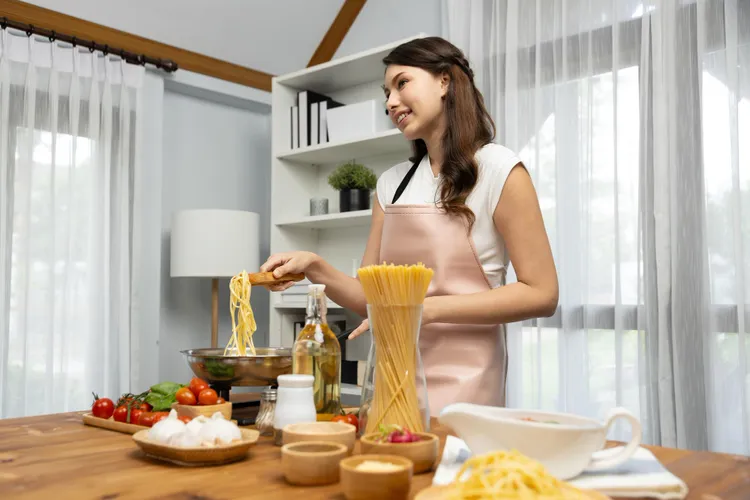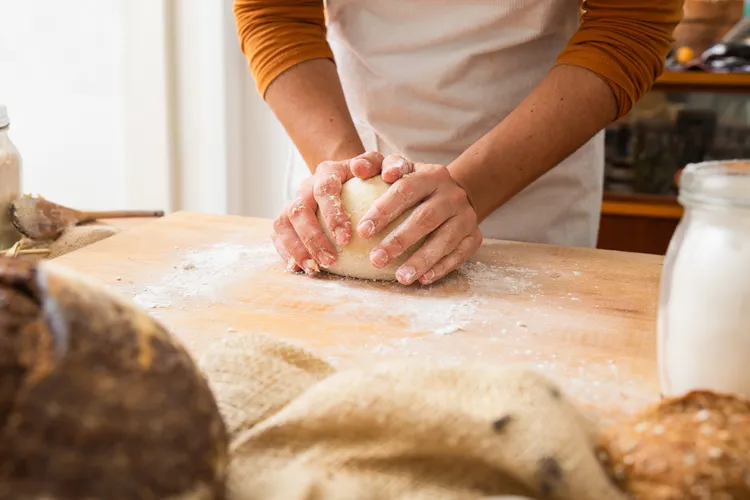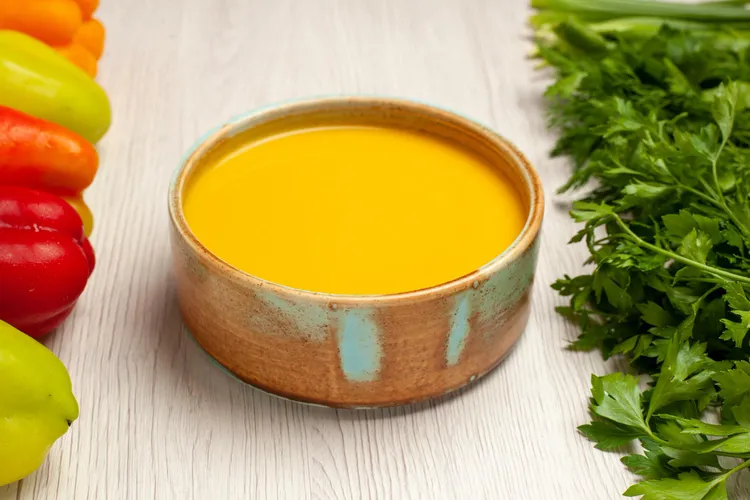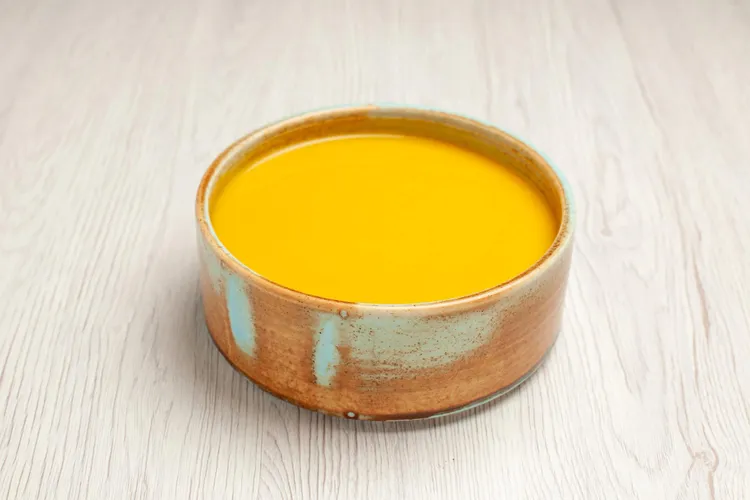Mistakes You’re Making When Boiling Pasta - And How to Fix Them
If you’ve ever lovingly stirred a pot of pasta, only to end up with clumpy noodles, watery sauce, or something that tastes strangely bland, you are so not alone. Boiling pasta seems like the simplest task in the kitchen - just water, salt, pasta, done. But in reality, there are a handful of small, sneaky mistakes that can completely change the texture, flavor, and overall success of your dish. The good news? Once you know what’s going wrong, every pot of pasta can become beautifully al dente, well-seasoned, and ready to hold sauce like it was born for it.

Let’s walk through the most common mistakes people make when boiling pasta - and, more importantly, exactly how to fix them. Think of this as the friendly, slightly bossy Italian nonna you never had, whispering over your shoulder, “More salt. Bigger pot. Wait for the boil.”
One of the biggest and most widespread mistakes is not using enough water. When you crowd a small pot with a lot of pasta, the water temperature drops too much and takes longer to come back to a boil. The starch your pasta releases has nowhere to go, so it builds up in the water and around the pasta, making the noodles stick together. You’ve probably seen that thick, cloudy water and clumpy strands. The solution is simple but game-changing: use a large pot with plenty of water. Think in terms of at least four to six liters (or quarts) of water for a standard 450 g / 1 lb box of pasta. When there’s lots of water, the pasta can move freely, the starch stays more diluted, and everything cooks more evenly. The difference in texture is huge.
Right after that comes mistake number two: not salting the water properly - or at all. Unsalted pasta water is one of the biggest flavor crimes in home cooking. Pasta itself is relatively bland. If you boil it in plain water, you’re missing the chance to season it from the inside out. No amount of sauce later can fully make up for this lost opportunity. The classic guideline is to salt the water so it’s “salty like the sea,” which sounds poetic but is practically useful too. A more concrete rule: add about 1-1.5 tablespoons of salt for every 4 liters/quarts of water. Use kosher or sea salt if you can, and add it after the water comes to a boil, so it dissolves quickly. You’ll notice your pasta suddenly tastes like something you could almost eat plain with a drizzle of olive oil and a little cheese. That’s when you know you’re doing it right.
Then there’s the impatience problem: adding pasta before the water is truly boiling. Many people slip the pasta in when they see a few bubbles forming at the bottom or small wisps of steam rising, thinking “close enough.” Unfortunately, that “almost” boil isn’t hot enough. Pasta added too early tends to cook unevenly and can turn heavy and gummy instead of bouncy and al dente. You want a rolling boil - big, energetic bubbles breaking across the surface, not a timid simmer. That rolling boil keeps the pasta moving, helps prevent sticking, and allows the cooking time on the package (or your own judgment) to actually mean something. So wait for the full boil, then add the pasta, give it a quick stir, and let the water return to a boil before you start watching the clock.
Which brings us to stirring - or, more accurately, the lack of it. Another subtle mistake is dropping pasta into the pot and walking away “just for a second” to check your phone, grate cheese, or answer a message. Those first 30-60 seconds are when pasta is most likely to stick to itself or the bottom of the pot, especially long shapes like spaghetti or linguine. The fix is easy and only takes a moment: stir the pasta as soon as you add it, and give it a few more stirs in the first couple of minutes. Once the surface starch washes away and the pasta starts to soften, it’ll be much less likely to glue itself together. Think of stirring as your way of gently nudging each noodle to mind its own business.
Another common issue? Overcooking. Many people let pasta boil until it’s floppy and soft all the way through, especially if they’re worried about it being “undercooked.” The problem is that overcooked pasta doesn’t just lose its bite - it also releases more starch, becomes mushy, and doesn’t hold sauce well. The term you’re aiming for is al dente, which literally means “to the tooth” in Italian. This is that sweet spot where the pasta is tender on the outside but still has a gentle, pleasant firmness in the center. Package directions are a starting point, not a law. If the box says 10 minutes, start tasting at 8. Bite into a piece: if there’s a tiny, pale core in the middle but it’s not hard or chalky, you’re there. Remember that if you’re finishing the pasta in a pan with sauce, it will cook a bit more, so you actually want to stop just shy of perfect in the pot.
On the flip side, some people under-salt and over-sauce, thinking the flavor comes entirely from whatever is going on top. That leads to a different mistake: draining the pasta completely without saving any of that precious pasta water. That starchy, salty water is liquid gold. It helps sauces cling to the pasta and creates beautiful emulsions, especially with oil- or cheese-based sauces. Before you pour off all the water, always scoop out a cup or so and set it aside. Then, when you toss the drained pasta with sauce in a pan, you can add a little pasta water at a time until it looks silky and well-coated. This step alone transforms a dry, separated sauce into that glossy, restaurant-style finish.
Let’s talk about oil in the water, because that’s a controversial one. Many people add oil to the boiling water to “prevent sticking.” In reality, oil mostly floats on top and doesn’t do much to keep the pasta from clumping. Worse, it can leave a slippery film on the pasta once drained, which makes it harder for sauce to stick. The better strategy is: use enough water, stir early and occasionally, and give the pasta room to move. If you really want to use oil to prevent sticking, the right place is after draining, but only if you’re serving the pasta plain or as part of a salad. If you’re planning to coat it in sauce, skip the oil and let that sauce cling.
Another quiet but meaningful mistake is cooking pasta completely separately from the sauce and then just spooning one over the other on the plate. You’ve probably noticed how in restaurants, the pasta and sauce taste like one unified dish, while at home it sometimes feels like “pasta with stuff on top.” The difference is that in many traditional kitchens, pasta is finished in the sauce. That means you drain the pasta while it’s still a little firmer than you want, then transfer it into a pan where the sauce is simmering. You toss them together for one to two minutes, adding a splash of pasta water as needed. What’s happening here is magical: the sauce thickens slightly with the starch, the pasta absorbs flavor, and everything comes together as a single dish instead of two separate components. If you’ve never tried it, this one adjustment will absolutely upgrade your pasta game.
Then there’s the classic mistake of ignoring the type of pasta and the type of sauce you’re combining. While this isn’t strictly about boiling, it’s deeply tied to how satisfying your final dish will be. Long, thin strands like spaghetti or linguine pair well with lighter, oil-based or tomato sauces; chunky shapes with ridges like rigatoni or penne are better with thicker, hearty sauces that need something to cling to. Small shapes like orzo or ditalini love soups and brothy dishes. If you boil perfectly cooked pasta but then drown delicate angel hair in a thick, heavy sauce, it won’t feel quite right, no matter how well you nailed the timing. Choosing the right shape means the boiling pasta isn’t just cooked - it’s used in the best possible way.
Temperature control is another sneaky area where things go sideways. Sometimes people turn down the heat after adding the pasta, worried it will boil over, and then leave it at a lazy simmer. The result? Uneven cooking and a sort of “swollen” texture that lacks bounce. Instead, bring the water back to a boil quickly, then adjust the heat so it’s an energetic, steady boil that isn’t exploding out of the pot. If you’re worried about foam and bubbling, give the pot a stir and reduce the heat slightly, but don’t let it drop into inactive territory. A vigorous boil is key to good pasta texture.
From a health and nutrition perspective, there’s also the mistake of letting pasta sit in the cooking water long after it’s done. The longer it sits, the more it overcooks, turning soft and spongy. Once the pasta is al dente, you want to move quickly: drain it (or lift it out with tongs or a pasta spoon), transfer it to a warm pan or bowl, and dress it fairly soon. Overcooked pasta also has a higher glycemic impact because the starch is more broken down and easier for the body to rapidly turn into sugar. Keeping your pasta al dente isn’t just delicious - it can actually be a slightly better choice for blood sugar as well.
Another mistake that often flies under the radar: not thinking ahead about timing. You might get your sauce perfect and then suddenly realize the pasta is still raw, or vice versa. The result is either cold sauce and hot pasta, or hot sauce that begs for noodles that aren’t ready yet. The fix is to reverse your approach: start the sauce first, especially if it needs simmering or reducing, and start your boiling pasta a bit later so they finish at roughly the same time. For simple sauces like garlic and oil (aglio e olio), you can begin the sauce when the pasta goes into the pot, and they’ll be ready together. It feels smoother, less stressful, and the end result is more cohesive.
Let’s not forget seasoning beyond the water. Some people rely only on whatever’s in the jar of sauce, but even store-bought sauces benefit from a little love. While your pasta is boiling properly salted and well-stirred, take a moment to taste your sauce. Does it need a pinch of salt? A little sugar to balance acidity? A splash of pasta water to loosen it? Maybe some fresh basil, black pepper, or a drizzle of olive oil at the end? When both the pasta and sauce are seasoned thoughtfully, the simple act of boiling pasta becomes part of a layered, flavorful experience instead of a bland base for something else.
And finally, one last gentle mistake: being afraid to trust your senses. Recipes and package times are helpful guides, but they can’t know your exact stove, your pot, your altitude, or your personal preference. The best way to avoid pasta cooking mistakes is to actually interact with your food. Taste a piece before the timer goes off. Feel the texture between your teeth. Notice how it changes if it sits for another minute. Look at the water, the movement, the smell. The more you observe, the better you’ll understand what perfectly boiled pasta means for you.
Boiling pasta sounds basic, but it’s really a small ritual of attention: enough water, generously salted; waiting for a rolling boil; stirring early; tasting often; saving a little pasta water; finishing in the sauce; and serving everything while it’s hot, glossy, and just the right amount of firm. Once these steps become second nature, you won’t think of them as “rules” anymore - they’ll simply be the way you do things. And every bowl of pasta, whether it’s a fancy seafood linguine or a quick midnight spaghetti with olive oil and garlic, will taste that much more satisfying.
So the next time you stand over a steaming pot and tip in a handful of dried noodles, remember: you’re not just boiling pasta. You’re building the foundation of a dish that can be comforting, beautiful, and surprisingly refined, all from a few simple adjustments. And now, you know exactly how to get there.









